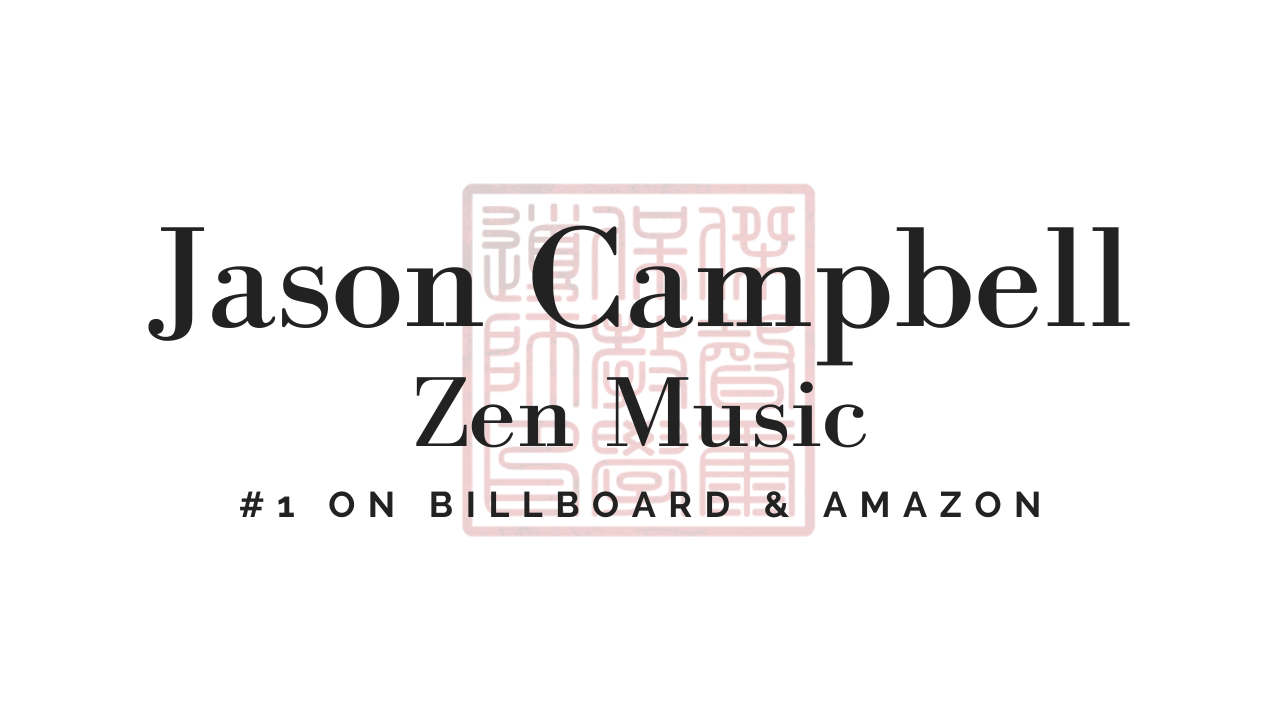The Path of Discipline, Breath, and Awareness
Let’s dive into a journey of reflection and practice—a journey shaped by ancient traditions and personal evolution. This isn't about perfection or rigidity. It's about exploring techniques that connect us to the present and the physical realities of life. Let’s break this down in a way that's both engaging and practical.
The Roots of Practice
Back in the 1980s, my training emphasized endurance and discipline. We’d sit for hours—sometimes four at a stretch. The point wasn’t just to survive the discomfort but to transform through it. The physical strength we built through intense training wasn’t an end in itself; it was preparation. We strengthened our bodies so they could hold stillness without breaking.
Pain was part of it. I remember my legs going numb, my toes losing sensation. Yet, it wasn’t about masochism or self-punishment. It was about readiness—a readiness to cultivate something deeper.
Nowadays, though, life is different. Four-hour sessions are unnecessary for most. Our lifestyles demand a different rhythm. Instead of marathon sits, I suggest weaving small practices throughout your day. These “little bits” align with our modern pace. Think of it as scattering seeds instead of planting one giant tree.
Lessons from Ancient Stories
One story sticks with me. It’s about Damo, an Indian teacher who came to China to train monks. Legend says he was so appalled by their physical weakness that he refused to teach them. Instead, he meditated, facing a wall, for years.
Then came a young boy who wanted to learn so badly that he chopped off his arm as a gesture of devotion. Only then did Damo relent and begin teaching, sharing techniques that became the foundation for much of what we do today.
While I’m not asking anyone to give up a limb, the story is about commitment. What are you willing to give—your time, focus, energy—to grow? You don’t need grand gestures. Just showing up is enough.
Cultivating Energy
Let’s shift to the practice itself. Breathwork is a gateway. We breathe all the time, but how often do we notice it? Controlled breathing can bring focus, calm, and even vitality.
Try this:
Inhale and Exhale Fully: Start with deep breaths. Inhale to the top, then release every bit of air until you can’t anymore. Let your shoulders drop as you exhale.
Add Holds: After exhaling completely, hold. It’s not about forcing but about observing what happens when you pause.
Primal Breathing: Speed it up a little. Breathe in and out quickly for a few rounds, then hold the exhale again. Feel your body respond—your abdomen tightening, your awareness sharpening.
Final Hold: After three rounds, breathe in and hold one last time. Keep your shoulders relaxed. Let your body feel the tension and release simultaneously.
This isn’t a contest or a performance. Maybe you hold for 10 seconds, maybe for 30. What matters is the presence you bring to it.
Exploring Thought and Stillness
Once the body is primed, it’s easier to explore stillness. Here’s a simple exercise: Close your eyes and ask yourself, I wonder what my next thought will be.
It’s like watching a mouse hole, waiting for something to emerge. The mind is always chattering, but this practice isn’t about silencing it. It’s about stepping back and observing the space between thoughts.
You might notice a gap—a moment of clarity. That’s a glimpse of something profound. Call it insight, awareness, or even enlightenment. It’s fleeting, but it’s real. And the more you practice, the more familiar it becomes.
Working Within Limitations
Life is full of constraints. Maybe it’s time, energy, or even physical ability. Instead of fighting these limits, we can make them allies. Some of the greatest art, innovation, and transformation have come from working within boundaries.
Take breathwork as an example. There’s a limit to how long you can hold your breath. But in that limit, there’s power. By embracing the boundary, you find strength and creativity.
This principle applies beyond breath. Think about challenges in your life. Can you reframe them as opportunities? What can you do within the space you’re given?
A Glimpse into Mastery
True mastery isn’t about doing something perfectly every time. It’s about showing up again and again, even when things feel messy or incomplete. It’s like the story of the tortoise and the hare. The hare might seem faster, but consistency wins in the end.
Enlightenment, if we want to use that term, isn’t a permanent state. It’s not about staying in some exalted place. It’s about returning—over and over—despite distractions and challenges.
Ending with Gratitude
As we close this teaching, let’s anchor in gratitude. Whether you’ve taken one small breath or completed a full session, it’s enough. You’ve shown up.
Take a moment to feel your body—the tingling in your fingers or the weight of your feet on the ground. Let that awareness remind you that you’re here, alive, and capable of growth.
And remember, this is a journey. There’s no finish line, just steps forward—sometimes big, sometimes small. Just keep going.

